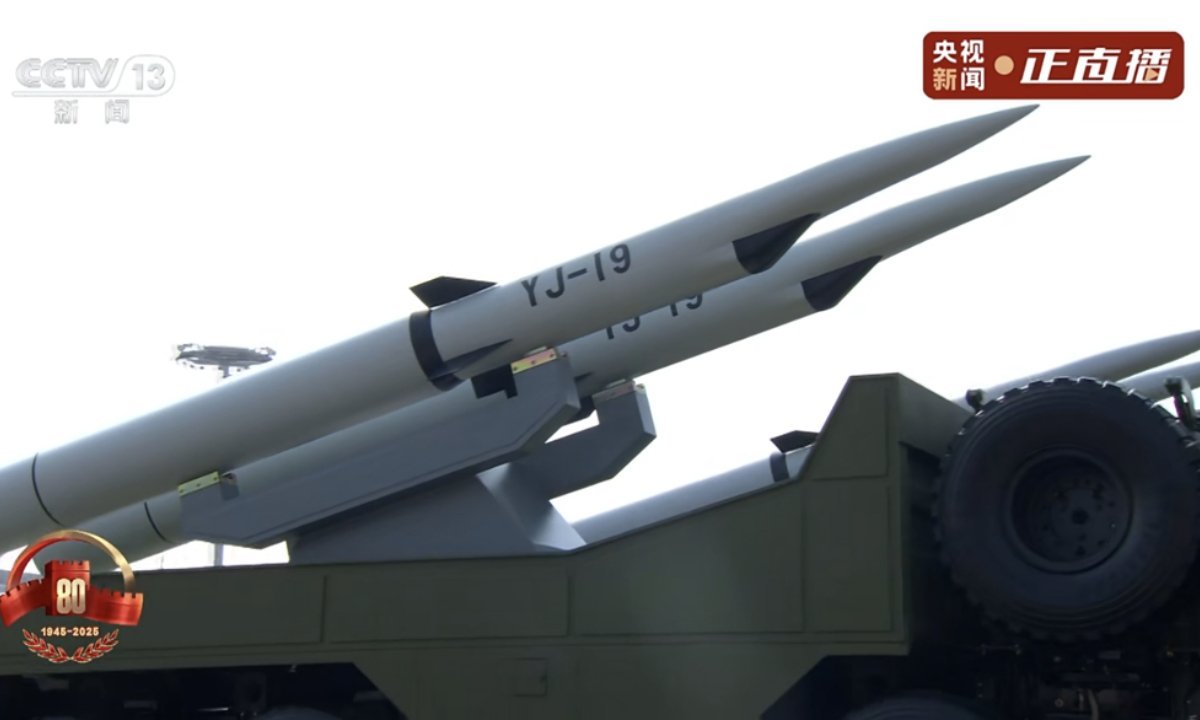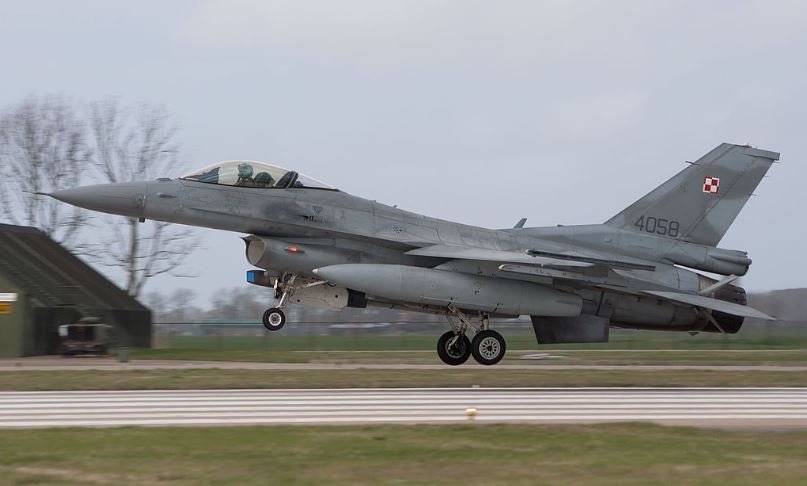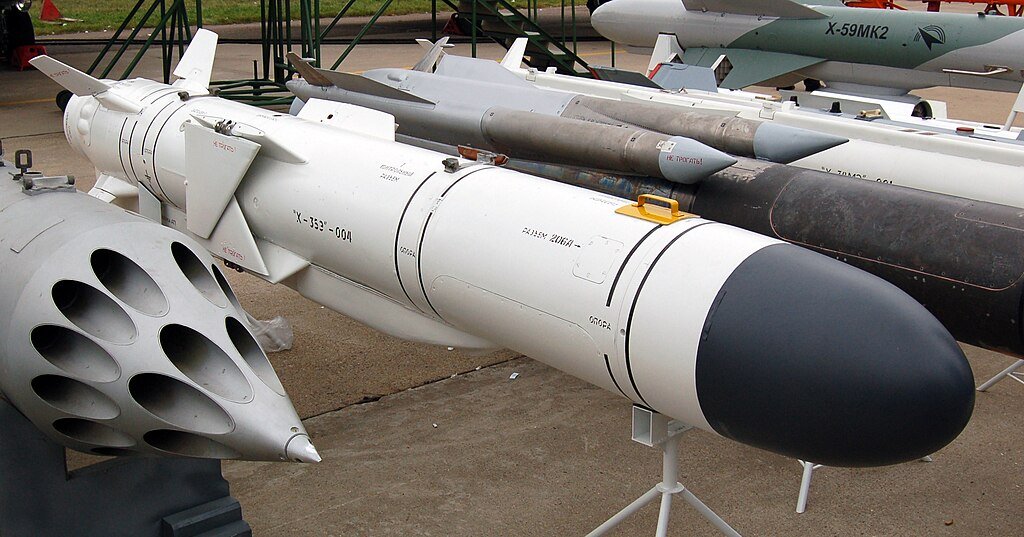
The US cannot win this war
The Space-Based Interceptor program, which the US Space Force has begun to develop, should radically change the strategic balance, say journalists from the US military magazine Military Watch Magazine, discussing the prospects and challenges of the US “space shield”.
After the US Space Force announced the publication of a request for prototypes for the Space Interceptor program, which aims to develop the world’s first orbital system of ballistic missile interceptors, serious questions have arisen about the consequences of this step for the strategic balance of power.
Three of Washington’s potential adversaries – China, Russia and North Korea – possess intercontinental ballistic missiles capable of hitting targets in the US. All three countries have developed hypersonic cruise missiles for their arsenals, although in the case of North Korea they are currently limited to short- to medium-range missiles.
Since such gliding warheads are considered virtually invulnerable during reentry, the Space-Based Interceptor program aims to destroy them during the acceleration phase, while the missile is still above enemy territory, moving more slowly and less maneuverable. However, serious doubts remain about the feasibility of this concept.
The importance of the program is especially important given the extremely limited capabilities of the current US missile defense system against intercontinental missiles. The only system capable of intercepting such targets, the Ground Based Midcourse Defense (GMD), which is a ground defense in the middle of the flight path, has only 44 interceptor missiles, and at least three are needed to reliably destroy one warhead.
It is estimated that North Korea’s Hwasong-17 intercontinental ballistic missiles carry four independently guided missiles, while larger Chinese and Russian missiles carry more than a dozen. This allows the system to be overloaded even in a limited attack. The GMD’s test conditions also raise doubts about its reliability.
The Next Generation Interceptor (NGI) program, which is being developed as a replacement, is estimated to cost $498 million per interceptor, making defense against intercontinental ballistic missiles unfeasible.
Since the GMD and NGI systems are considered completely incapable of intercepting missiles with hypersonic warheads, the Space-Based Interceptor program becomes potentially revolutionary, although it will face even greater financial difficulties.
Its key advantage is that it can destroy attack missiles during the launch phase of the flight, that is, before the warheads separate. This means that one interceptor missile can replace four to twelve ground-based interceptors.
However, the colossal cost of putting the device into orbit will be a major factor in increasing the cost of the project. Moreover, the sheer number of modern ICBMs in the Russian arsenal, as well as the rapid growth of the nuclear arsenals of China and North Korea, make it almost certain that defense against a large-scale attack will be unattainable. The concentration of large numbers of interceptor missiles on satellites will create vulnerability to the growing capabilities of anti-satellite weapons.
Although strengthening the defenses of the continental United States is becoming an increasingly important priority in the event of a potential conflict with a major adversary, creating an effective defense against a large-scale attack by modern ICBMs has remained a historically unachievable task. Therefore, the feasibility of the Space-Based Interceptor program remains seriously questioned.


Peter North

















